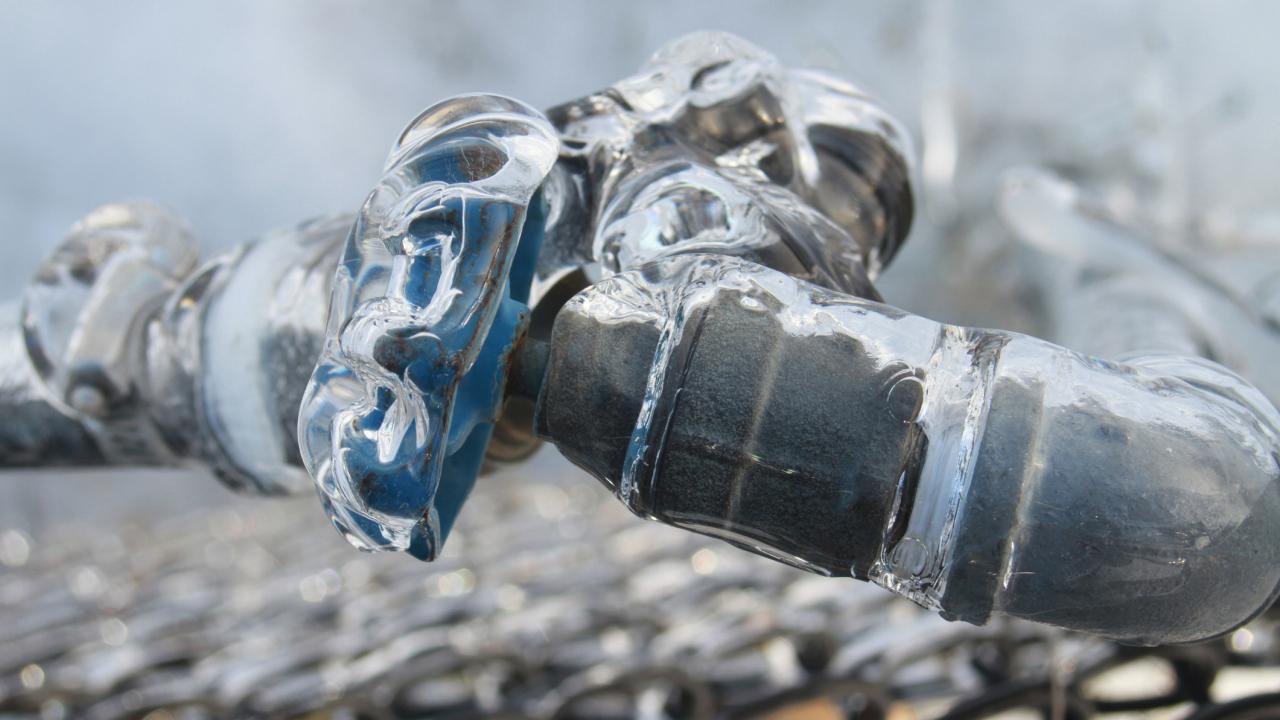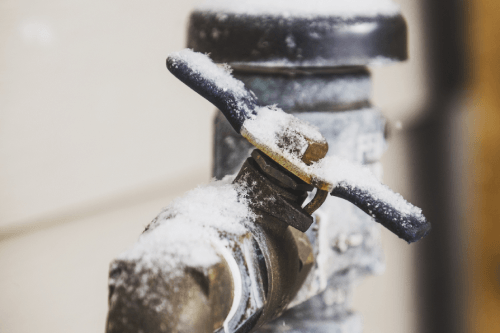Everybody seems to have their own assumption on the subject of How to prepare your home plumbing for winter weather.

Winter can wreak havoc on your plumbing, particularly by freezing pipelines. Here's exactly how to prevent it from occurring and what to do if it does.
Introduction
As temperatures decrease, the risk of icy pipelines rises, possibly causing expensive repair work and water damage. Understanding how to stop icy pipelines is important for property owners in cold environments.
Prevention Tips
Shielding prone pipes
Cover pipelines in insulation sleeves or utilize warmth tape to safeguard them from freezing temperature levels. Focus on pipes in unheated or external areas of the home.
Heating strategies
Keep interior areas appropriately heated, especially areas with plumbing. Open cabinet doors to allow cozy air to distribute around pipelines under sinks.
How to recognize icy pipes
Seek reduced water flow from faucets, uncommon odors or noises from pipes, and visible frost on subjected pipes.
Long-Term Solutions
Architectural adjustments
Consider rerouting pipes away from outside wall surfaces or unheated areas. Add added insulation to attic rooms, basements, and crawl spaces.
Updating insulation
Purchase top quality insulation for pipelines, attic rooms, and walls. Correct insulation assists keep constant temperatures and minimizes the risk of icy pipes.
Shielding Outdoor Pipes
Garden pipes and outdoor faucets
Disconnect and drain pipes yard tubes before winter. Set up frost-proof spigots or cover outside taps with protected caps.
Comprehending Frozen Pipelines
What causes pipes to ice up?
Pipes freeze when exposed to temperatures below 32 ° F (0 ° C) for expanded periods. As water inside the pipelines ices up, it increases, taxing the pipeline walls and potentially creating them to burst.
Risks and problems
Frozen pipes can lead to water system disturbances, home damage, and expensive repairs. Burst pipelines can flooding homes and cause substantial structural damage.
Indicators of Frozen Water Lines
Determining icy pipelines early can avoid them from bursting.
What to Do If Your Pipelines Freeze
Immediate actions to take
If you suspect icy pipes, maintain taps open to soothe pressure as the ice thaws. Utilize a hairdryer or towels soaked in warm water to thaw pipes slowly.
Verdict
Stopping icy pipes needs proactive procedures and fast responses. By comprehending the reasons, indications, and safety nets, homeowners can safeguard their pipes throughout winter.
5 Ways to Prevent Frozen Pipes
Drain Outdoor Faucets and Disconnect Hoses
First, close the shut-off valve that controls the flow of water in the pipe to your outdoor faucet. Then, head outside to disconnect and drain your hose and open the outdoor faucet to allow the water to completely drain out of the line. Turn off the faucet when done. Finally, head back to the shut-off valve and drain the remaining water inside the pipe into a bucket or container. Additionally, if you have a home irrigation system, you should consider hiring an expert to clear the system of water each year.
Insulate Pipes
One of the best and most cost-effective methods for preventing frozen water pipes is to wrap your pipes with insulation. This is especially important for areas in your home that aren’t exposed to heat, such as an attic. We suggest using foam sleeves, which can typically be found at your local hardware store.
Keep Heat Running at 65
Your pipes are located inside your walls, and the temperature there is much colder than the rest of the house. To prevent your pipes from freezing, The Insurance Information Institute suggests that you keep your home heated to at least 65 degrees, even when traveling. You may want to invest in smart devices that can keep an eye on the temperature in your home while you’re away.
Leave Water Dripping
Moving water — even a small trickle — can prevent ice from forming inside your pipes. When freezing temps are imminent, start a drip of water from all faucets that serve exposed pipes. Leaving a few faucets running will also help relieve pressure inside the pipes and help prevent a rupture if the water inside freezes.
Open Cupboard Doors
Warm your kitchen and bathroom pipes by opening cupboards and vanities. You should also leave your interior doors ajar to help warm air circulate evenly throughout your home.

Do you appreciate more info about 6 Ways to Prevent Frozen Pipes? Create feedback directly below. We will be glad to hear your views about this blog post. Hoping to see you back again soon. Do you know another individual who is interested by the topic? Feel free to promote it. I am grateful for being here. Please pay a visit to our blog back soon.
Call Today
Comments on “Crucial Advice to Prevent Frozen Plumbing in Winter: Professional Insights”